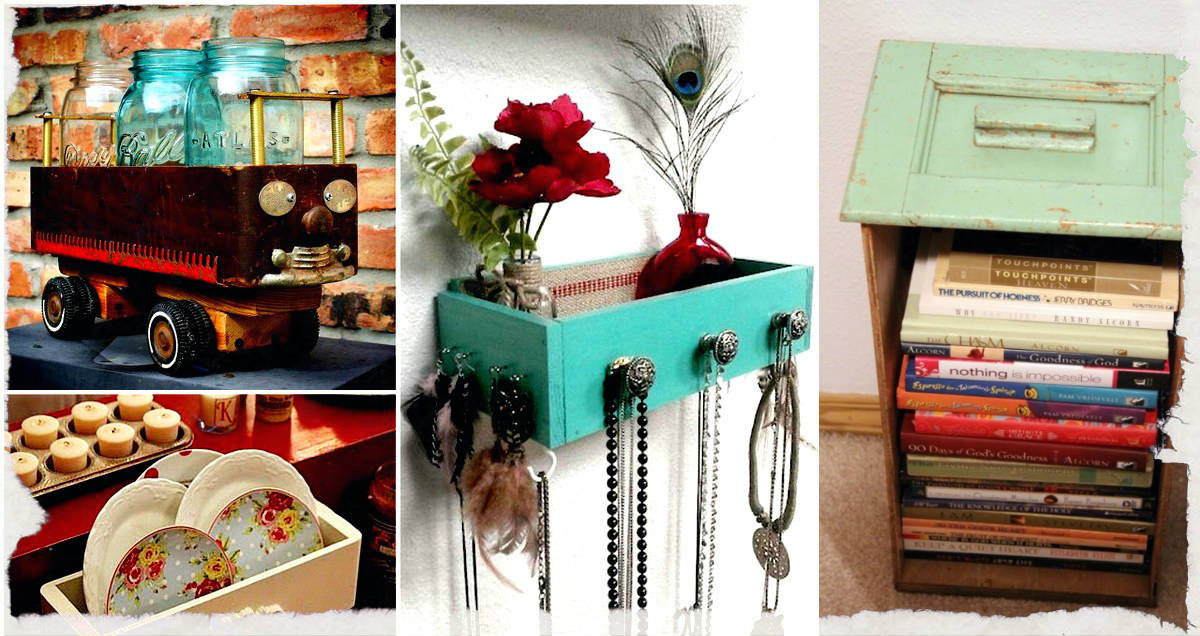Anúncios
The integration of economy and sustainability is a growing trend in architectural design. Figureground Architecture’s innovative project with recycled pallets is a prime example of this approach, demonstrating how simple, recyclable materials can transform spaces and create unique, functional environments. This project not only reflects a commitment to sustainability, but has also been recognized for its design excellence.

Creative Transformation of a Warehouse
The Figureground Architecture team faced the challenge of transforming an old concrete warehouse into a café and roastery, a space that needed to reflect a welcoming and modern ambiance. Using pallets as one of the main materials, the architects were able to create a space that balances functionality and aesthetics. The pallets, often considered waste, were repurposed to define and separate areas within the café, bringing a touch of innovation and sustainability to the design.
Intelligent Use of Pallets
The pallets were painted black throughout the project to create a sense of cohesion and sophistication. This creative use of pallets not only contributed to the aesthetics of the space, but also helped define different areas within the café, taking advantage of the high ceilings for a more spacious and immersive dining experience. The choice of pallets as the main material highlights how recycling and repurposing can result in elegant and functional design solutions.
Functional and Cozy Design
The furniture layout in the café was designed to provide a pleasant experience for all visitors. Tables were arranged to accommodate couples and small groups, creating an intimate and comfortable atmosphere. The design allows for fluid and practical circulation, facilitating the movement of customers and ensuring that all spaces are used efficiently. The combination of pallets and other economical materials resulted in a space that is both stylish and accessible.
Recognition and Awards
The project received significant recognition in the design industry, winning the Hospitality Design Award and the Best of State Commercial Design Award. The Figureground Architecture team competed against nearly 400 entrants, and the awards are a reflection of the positive and innovative impact the project has had on architecture and interior design. These awards highlight the team’s commitment to sustainability and creativity in using recyclable materials.
Impact of Recycling on Architecture
The use of pallets and recycled materials in interior design demonstrates how recycling can play a crucial role in modern architecture. By taking materials that would otherwise be discarded and transforming them into functional and aesthetic pieces, architects not only contribute to reducing waste, but also create environments that are unique and sustainable. This project serves as an inspiring example of how recycling can be innovatively integrated into architectural design, offering a new perspective on the potential of recyclable materials.
Other Creative Pallet Applications
In addition to architectural projects like Figureground Architecture’s café, pallets can be used in a variety of creative ways in upcycling projects. They are often used to create custom furniture, such as tables and chairs, as well as in vertical gardens and interior design. The versatility of pallets makes them a popular choice for DIY and sustainable design projects, allowing more people to explore the potential of recycled materials in their own homes and workspaces.
Sustainability in Architecture
Figureground Architecture’s project illustrates how economy and sustainability can be combined to create innovative architectural spaces. The use of pallets as a standout material demonstrates that it is possible to combine functionality, aesthetics, and environmental responsibility. By adopting recycling and repurposing practices, designers and architects can not only reduce their environmental impact, but also create environments that are both attractive and sustainable.
This example of a warehouse transformation into a stylish café reinforces the importance of recycling in architecture and interior design, showing that creative and sustainable solutions can lead to impressive and award-winning results. With a continued focus on innovation and reusing materials, it is possible to continue to make progress in creating environments that respect the environment and offer unique and memorable experiences.
Learn how to make other arts by recycling, Click here.
Check out interesting facts about recycling clicking here.




